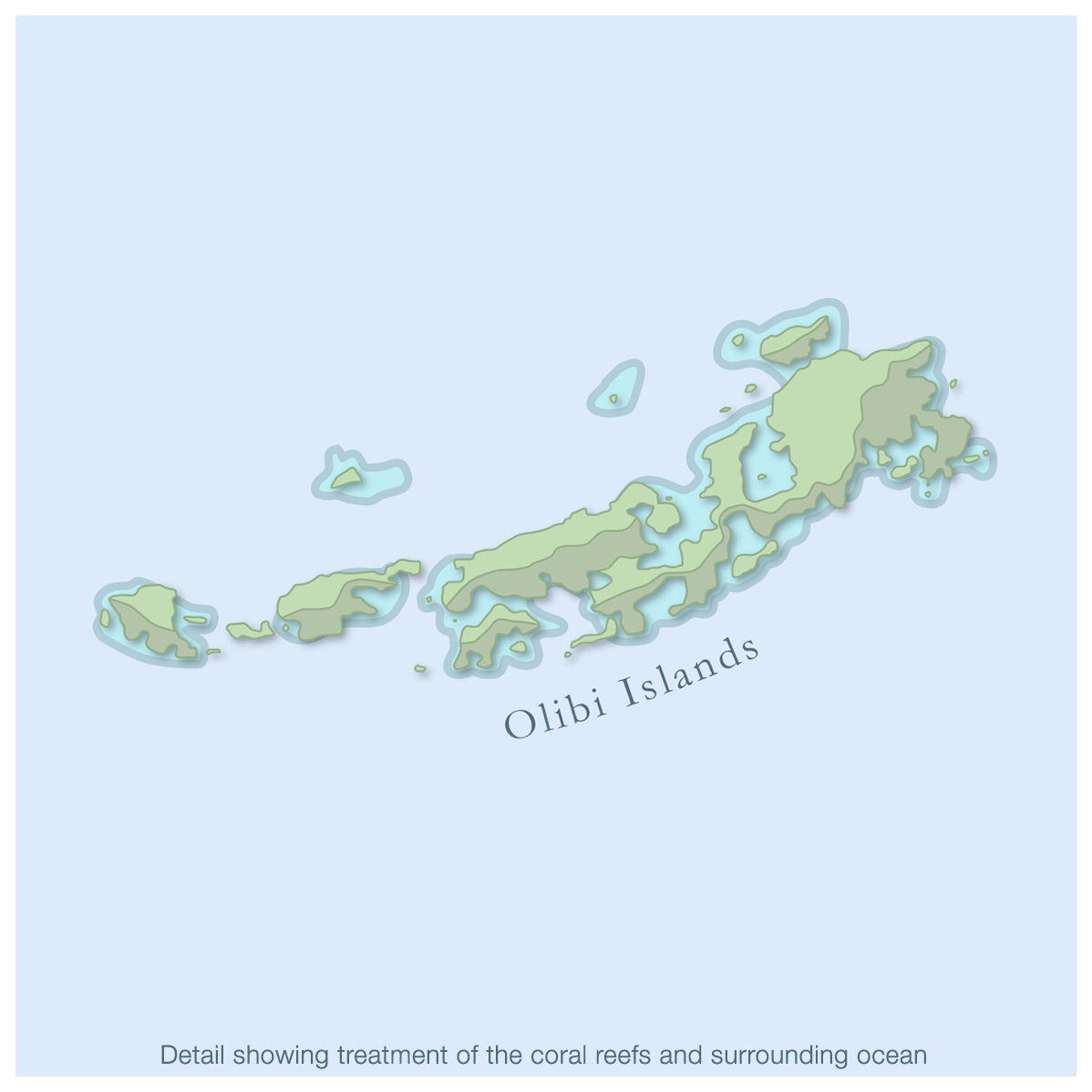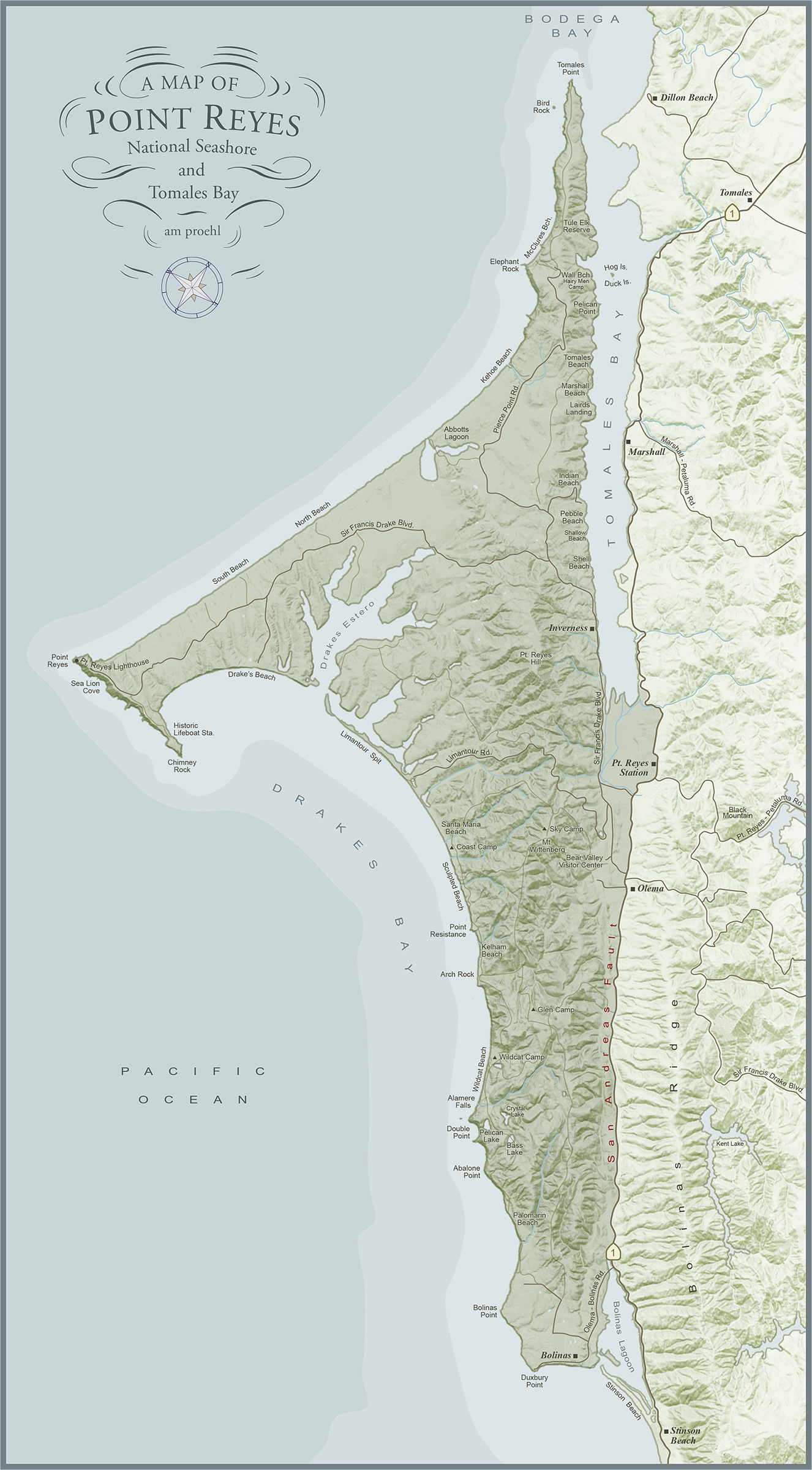Where Lake Berryessa now stands there once was a fertile valley full of farms, orchards and the small town of Monticello, California. Before Monticello there were the Adobe buildings that were part of the Mexican-owned Rancho de Los Putahs. And before the Spanish arrived, there was the Patwin village of Topaidihi. All of this is now lost below the waters of Lake Berryessa.
Berryessa comes from the Basque family name of the early Spanish settlers of the valley (Berelleza was the likely original spelling).
Berryessa Valley as it came to be known, was first settled by the Patwin and Pomo Indians who lived there for thousands of years. A 1948 archaeological survey of the valley found the remains of approximately 150 Native American villages. They lived easily off the abundant trees, plants, and animals of the valley and surrounding hills. According to ome history, bears roamed the hills and, over time, created trails that were later used by the Berreyesa family to get their cattle up and over the mountains and into the valley.
The first Spanish settler in the valley was Nicolas Antonio Berreyesa who was born in 1761 in Sinaloa Mexico of Spanish parents. He arrived in Northern California as part of the 1776 De Anza Colonization Expedition. In 1779, Nicolas married the daughter of Gabriel Peralta, one of Anza’s soldiers. They had nine children together including, Nasario Antonio who would eventually establish the first ranch in Berryessa Valley.
Two of Nasario's sons, Sisto and Antonia, were in the Mexican Army and based in San Francisco. In 1838 they married the Higuerra twins, Nicholasa and Maria Anatasia and moved up to their father's rancho in the valley a short time later. In 1843, the two sons became the official owners of what came to be known as Rancho de la Putas through a Mexican land grant.
There are several possible origins regarding use of the word Putas in the rancho name. One is that the local Patwin tribes engaged in "licentious behavior" and the river became known as the Rio de los Putos (putah being the word for prostitute in Spanish). Another version says that the name evolved from, "puta wuwwe" (grassy creek), the Miwok name for the creek. In that telling, any similarity to the Spanish "putah" was coincidental. I tend to believe the latter as while they may have used an unflattering name for the Indians and the creek, it seems less likely that they would intentionally name their ranch, Ranch of the Prostitutes.
By 1866, most of the original Berryessa family had died, been killed, or had sold the land to pay off family debts. Most of this seems associated with the transition of California from Mexican to U.S. territory. Knowing the valley's reputation as perhaps the most fertile in the country, developers bought up the land and cut it up into many small plots. A year later, the valley was full of productive farms.
The town of Monticello was established shortly thereafter. A hotel was then built as a stopover point for the stagecoach that ran between Napa and a large mining operation in Knoxville, north of the valley. Monticello was known for it's annual rodeo that had grew out of a tradition at one of the valley ranches.
Although the farms and orchards of the valley thrived, discussions of building a dam and flooding the valley occurred as early as 1906. It became official in 1954 under President Eisenhower and construction started the same year. The residents of the town and valley tried to fight the movement but were unsuccessful. Life Magazine sent Dorothea Lange to document their plight but never published the photos or story. The town was bought up and leveled. The town cemetery was dug up and moved to Spanish Flat in the hills just West of the lake. There is also a small museum in Spanish Flat that was created by surviving family members with a number if photos and artifacts from Monticello.
In one of the historical accounts I read, a local farmer was quoted as saying, "they took our land away like we were Indians." I'm not sure he was aware of the irony of his statement. Perhaps if the bears could talk, they would complain of their loss of habitat. The Indians have surely complained with rarely anyone willing to listen. History describes the Berryessa family as doing themselves in through gambling debts and the like but i doubt it was that simple. With the land changing from Mexican to American hands there were bound to be conflicts and new claims of dominion. Alas, not even the white man's land is safe in the evolving landscape now seemingly a picturesque, tranquil lake.
Sources: UC Davis , Bella Vista Ranch




















